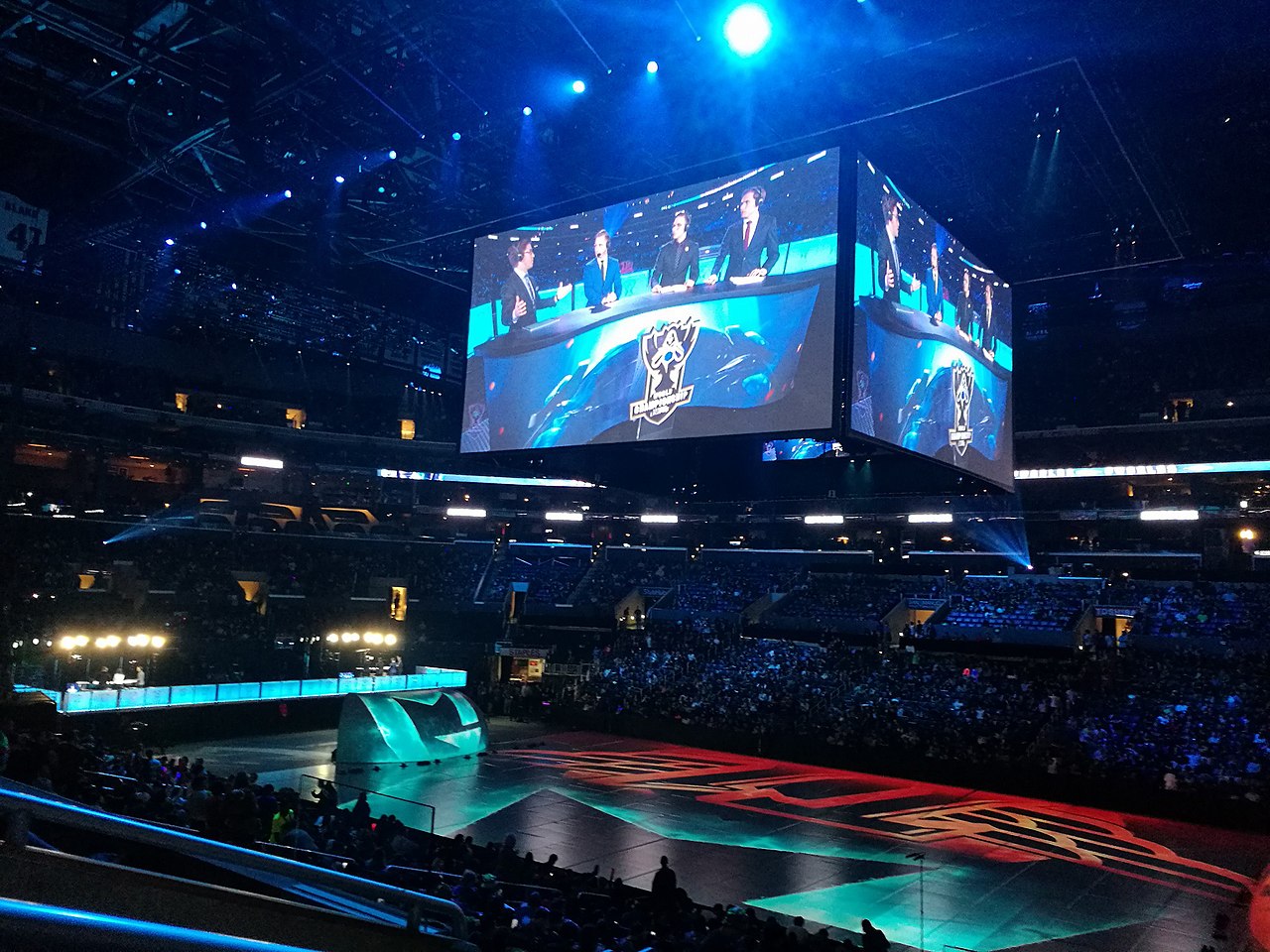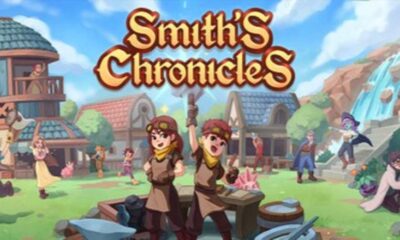Science
League of Legends Declared Most Challenging Video Game in New Study

A recent analysis has identified League of Legends as the most difficult video game, achieving a perfect difficulty score of 10 out of 10. This assessment, conducted by the video game asset marketplace Chicks Gold, utilized data from howlongtobeat.com to evaluate completion times and player dropout rates across more than 7,500 games. The results highlight the significant challenges posed by online multiplayer games, with eight of the top ten requiring thousands of hours to master.
The comprehensive study assessed various factors including the time required to complete main storylines, side quests, and achieve 100% completion. It also analyzed the percentage of players who started but did not finish these games. For titles without traditional narratives, such as League of Legends and Dota 2, rankings were based on alternative metrics, such as the time taken to unlock all champions or attain high-level mastery.
Top 10 Hardest Video Games
The study revealed the following top ten hardest games based on difficulty scores:
1. **League of Legends** (2009) – Completionist Hours: 3,224.91, Percentage Retired: 34.6%, Difficulty Score: 10.00
2. **Aura Kingdom** (2014) – Completionist Hours: 9,341.75, Percentage Retired: 36.6%, Difficulty Score: 9.97
3. **Dota 2** (2013) – Completionist Hours: 2,285.63, Percentage Retired: 36.8%, Difficulty Score: 9.89
4. **Azur Lane** (2018) – Completionist Hours: 3,170.63, Percentage Retired: 37.8%, Difficulty Score: 9.85
5. **War Thunder** (2012) – Completionist Hours: 4,627.70, Percentage Retired: 31.1%, Difficulty Score: 9.82
6. **World of Warcraft** (2004) – Completionist Hours: 5,802.32, Percentage Retired: 31.6%, Difficulty Score: 9.81
7. **World of Tanks Blitz** (2016) – Completionist Hours: 3,500, Percentage Retired: 23.0%, Difficulty Score: 9.78
8. **Football Manager 2015** (2014) – Completionist Hours: 902.53, Percentage Retired: 38.4%, Difficulty Score: 9.69
8. **Clicker Heroes** (2015) – Completionist Hours: 1,111.10, Percentage Retired: 37.4%, Difficulty Score: 9.69
8. **osu!** (2007) – Completionist Hours: 3,431.64, Percentage Retired: 32.0%, Difficulty Score: 9.69
9. **NGU Idle** (2019) – Completionist Hours: 4,548.76, Percentage Retired: 15.0%, Difficulty Score: 9.68
10. **Team Fortress 2** (2007) – Completionist Hours: 2,880.56, Percentage Retired: 31.5%, Difficulty Score: 9.60
The findings indicate that players invest considerable time in mastering these games. For instance, players typically spend an average of 1,144 hours on competitive play in League of Legends. Despite this dedication, a notable 34.6% of players ultimately abandon the game.
In second place, Aura Kingdom demands an extraordinary 9,341 hours for completionists, translating to over a year of continuous play. The game’s dropout rate stands at 36.6%, underscoring its challenging nature.
Following closely, Dota 2 achieved a 9.89 difficulty score, with completionists requiring approximately 2,285 hours. This competitive MOBA also records a 36.8% player retirement rate.
Among the top ten, Azur Lane holds the highest dropout rate at 37.8%, reflecting the struggles some players face in completing its challenges. Meanwhile, War Thunder, with its vast array of over 1,500 playable vehicles, ranks fifth with a difficulty score of 9.82.
The enduring popularity of World of Warcraft, which requires 5,802 hours for full completion, demonstrates the game’s long-standing allure and challenging gameplay. Despite its age, it remains a formidable contender in the gaming landscape.
As the gaming community continues to evolve, these findings shed light on the significant commitment required to excel in some of the most challenging video games available. The detailed analysis not only ranks these games but also highlights the dedication and challenges faced by players around the world.
-

 Lifestyle2 months ago
Lifestyle2 months agoWinnipeg Celebrates Culinary Creativity During Le Burger Week 2025
-

 Health2 months ago
Health2 months agoMontreal’s Groupe Marcelle Leads Canadian Cosmetic Industry Growth
-

 Science2 months ago
Science2 months agoMicrosoft Confirms U.S. Law Overrules Canadian Data Sovereignty
-

 Education2 months ago
Education2 months agoRed River College Launches New Programs to Address Industry Needs
-

 Science2 months ago
Science2 months agoTech Innovator Amandipp Singh Transforms Hiring for Disabled
-

 Technology2 months ago
Technology2 months agoDragon Ball: Sparking! Zero Launching on Switch and Switch 2 This November
-

 Technology2 weeks ago
Technology2 weeks agoDiscord Faces Serious Security Breach Affecting Millions
-

 Technology2 months ago
Technology2 months agoGoogle Pixel 10 Pro Fold Specs Unveiled Ahead of Launch
-

 Science2 months ago
Science2 months agoChina’s Wukong Spacesuit Sets New Standard for AI in Space
-

 Technology2 months ago
Technology2 months agoWorld of Warcraft Players Buzz Over 19-Quest Bee Challenge
-

 Education2 months ago
Education2 months agoAlberta Teachers’ Strike: Potential Impacts on Students and Families
-

 Business2 months ago
Business2 months agoDawson City Residents Rally Around Buy Canadian Movement
-

 Education1 month ago
Education1 month agoBrandon University’s Failed $5 Million Project Sparks Oversight Review
-

 Technology2 weeks ago
Technology2 weeks agoHuawei MatePad 12X Redefines Tablet Experience for Professionals
-

 Business2 months ago
Business2 months agoNew Estimates Reveal ChatGPT-5 Energy Use Could Soar
-

 Science2 months ago
Science2 months agoXi Labs Innovates with New AI Operating System Set for 2025 Launch
-

 Technology2 months ago
Technology2 months agoFuture Entertainment Launches DDoD with Gameplay Trailer Showcase
-

 Technology2 months ago
Technology2 months agoInnovative 140W GaN Travel Adapter Combines Power and Convenience
-

 Technology2 months ago
Technology2 months agoGlobal Launch of Ragnarok M: Classic Set for September 3, 2025
-

 Business2 months ago
Business2 months agoBNA Brewing to Open New Bowling Alley in Downtown Penticton
-

 Technology2 months ago
Technology2 months agoNew IDR01 Smart Ring Offers Advanced Sports Tracking for $169
-

 Technology2 months ago
Technology2 months agoArsanesia Unveils Smith’s Chronicles with Steam Page and Trailer
-

 Business1 month ago
Business1 month agoRocket Lab Reports Strong Q2 2025 Revenue Growth and Future Plans
-

 Science2 months ago
Science2 months agoNew Precision Approach to Treating Depression Tailors Care to Patients










